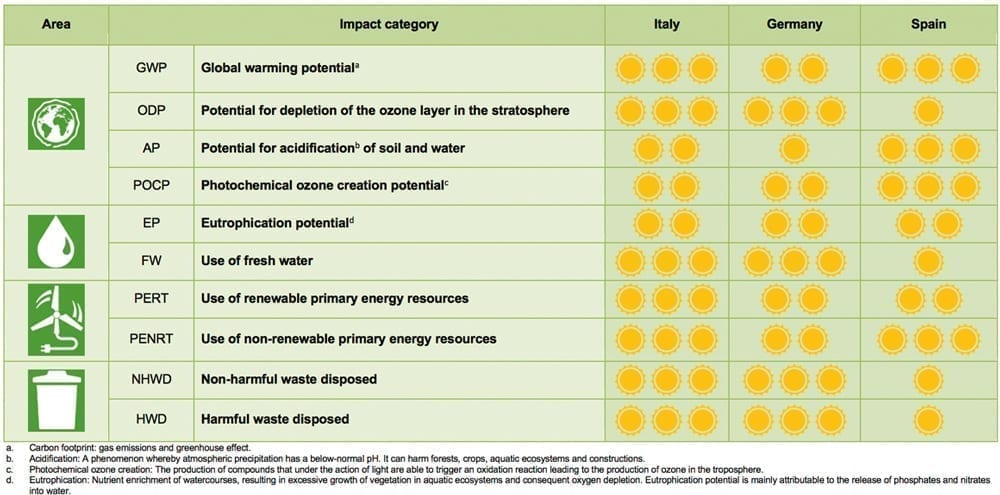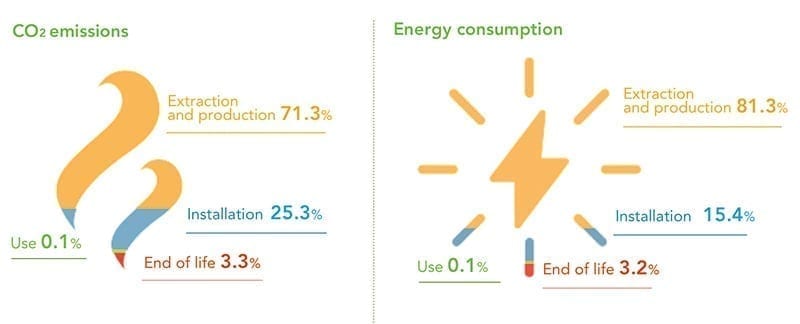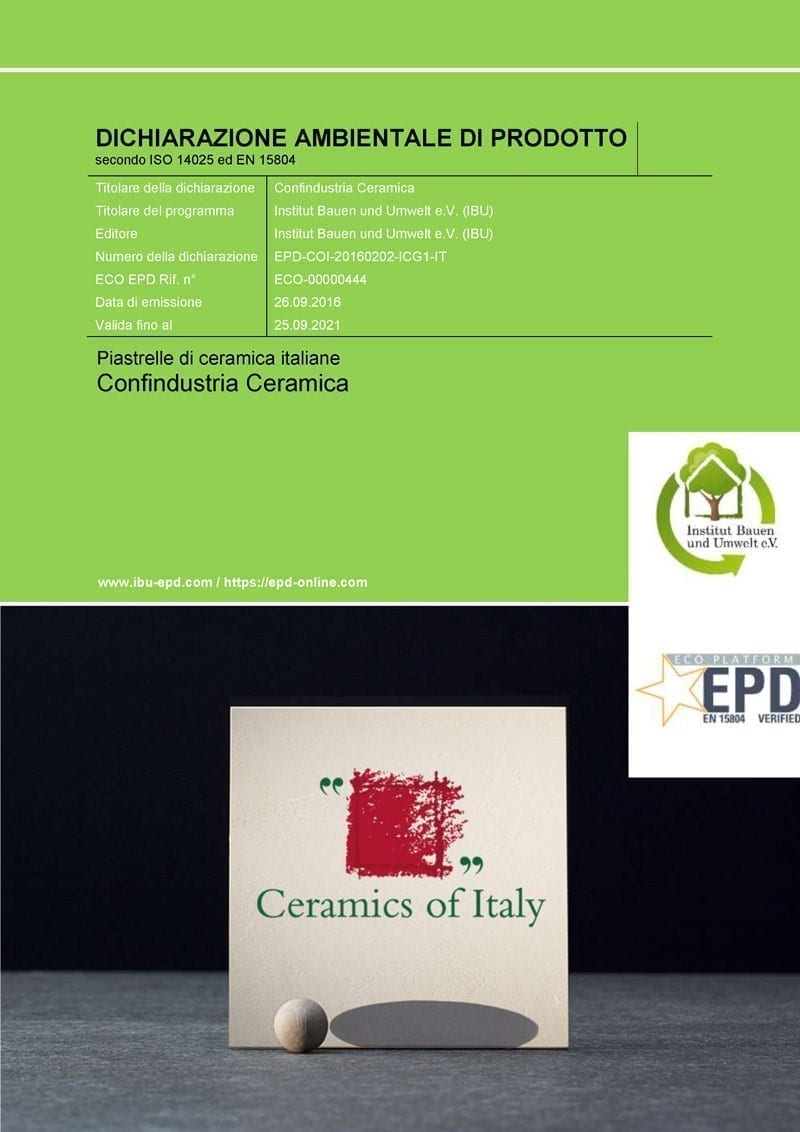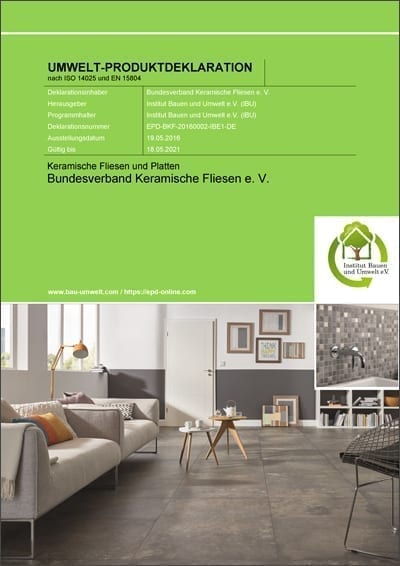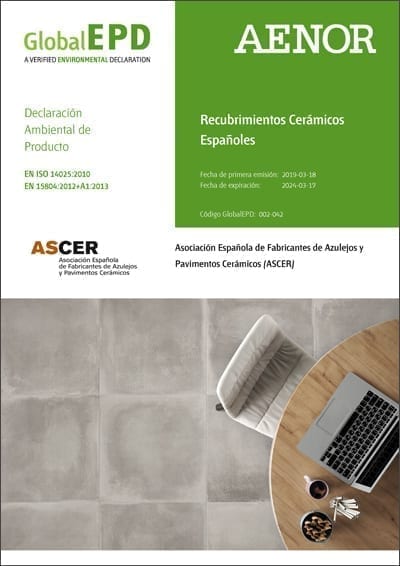Italy, Germany and Spain have developed industry-average EPDs allowing for a comparison between product sustainability parameters
The EPD (Environmental Product Declaration) is a tool that expresses a product’s environmental performance data in a comprehensible and comparable way. Along with general information on the production process, the product’s environmental performance and impacts are investigated by means of a Life Cycle Analysis (LCA) covering all stages from raw materials procurement and manufacture through to end of life and recycling.
In 2015, Confindustria Ceramica provided its member companies with a sector EPD study, followed in 2016 by the corresponding German association (Bundesverband Keramische Fliesen e.V.) and two years later by the Spanish association (ASCER).
The Italian study included data from 76 companies and 84 factories accounting for about 82.6% of Italian production, whereas the German study covers 70% of national production (9 companies and 11 factories) and the Spanish study just 40%.
Table 1 provides a comparison based on various environmental parameters recorded by the three sector documents relating to the production stage (raw materials supply, raw materials transport and ceramic product manufacture: body preparation, spray drying, drying, firing, glazing, packaging etc.). This study concentrated on this stage because it has the largest environmental impact (figure 1): the categories analysed are strongly influenced by energy processes and raw materials consumption.
Table 1: Comparison between Italy, Germany and Spain
Figure 1: Summary of the results of the Italian sector EPD
The impact categories for which the tile producer companies in the various countries (Italy, Germany, and Spain in the first, second and third columns, respectively) are found to have a better environmental performance than others are marked by a larger number of sun symbols (), which represent a lower environmental impact and lower level of harmful emissions. The only exception is the use of renewable primary energy resources (PERT), which clearly improves with higher values. In this case, the Italian ceramic industry boasts the highest value out of the three countries. Italy also attains the best performance in terms of the use of fresh water (FW).
Compared to Germany, Italy also has a higher performance in terms of global warming potential (GWP) and similar levels of acidification potential (AP), ozone depletion potential (ODP), eutrophication potential (EP) and photochemical ozone creation potential (POCP).
Compared to Spain, Italy achieves better results for ozone depletion potential (ODP) and the two waste categories (HWD and NHWD), but has similar levels of global warming potential, (GWP), eutrophication potential (EP) and the use of non-renewable primary energy resources (PENRT).
See also Environmental Product Declaration (EPD) for Italian ceramic surfaces
November 2019


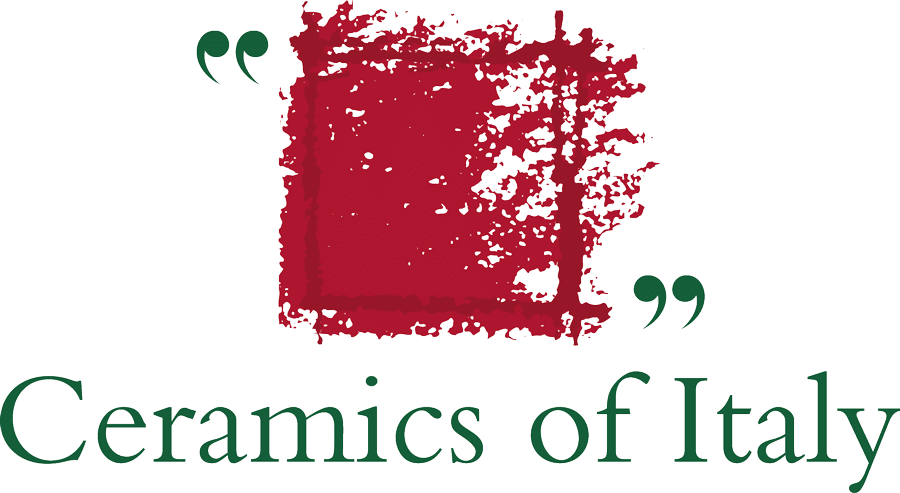
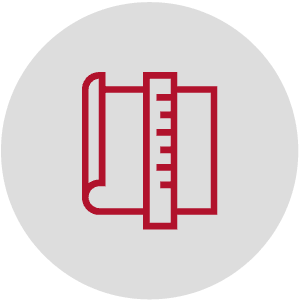 Architects
Architects
 Dealers
Dealers



